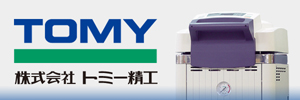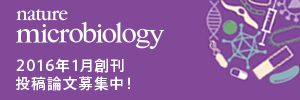PN-221:Detection of uncultured Legionella spp. in cooling tower water samples by amoebic coculturing and quantitative PCR
1Tsukuba Research Laboratories, Aquas Corporation, 2Ibaraki University College of Agriculture
Legionella spp., the causal agent of Legionnaires’ disease, are found widely in aquatic environments and their growth and survival in artificial water systems such as cooling towers and baths are of significant concern in public health. Moreover, diverse uncultured Legionella spp. occurred in cooling tower water samples1). Because Legionella known to be the intracellular parasite of free-living amoebae, in this study we aimed to grow and identify uncultured Legionella in amoebic cocultures. Three cooling tower water samples harboring Legionella spp. were used in this study. Acanthamoeba sp. AC3722-12 was used as the amoebic host and growth in 25 cm2 tissue culture flasks containing PYGC broth at 30 ℃ for 4 d. Amoebic cocultures were performed by replacing the PYGC broth with 10 ml of Page’s saline and adding 0.1 ml of 100-fold concentrated cooling tower water samples and 0.2 ml of heat treated E. coli cell suspension (OD660 = 3). The cocultures were incubated at 30 ℃ for 15 d. The growth of Legionella was monitored by the standard culture method and the quantitative PCR assay of 16S rRNA genes. Legionella spp. grown in the coculture was identified by 16S rRNA gene clone library analysis. Although the Legionella growth was not detected in the three samples by the standard culture method, one sample showed an increase in Legionella 16S rRNA gene copies from 102 to 106 per ml. The 16S rRNA gene sequences recovered from the growth-positive culture were closely related to the sequence of Legionella drozanskii, known as a uncultured Legionella species. In conclusion, the amoebic coculture represents a useful method able to multiply and recover uncultured groups of Legionella species.
1) Inoue et al. (2015) Microbes Environ. 30, 108-112.
keywords:amoebic coculture,Legionella-like amoebal pathogen (LLAP),uncultured,viable but nonculturable (VBNC)




